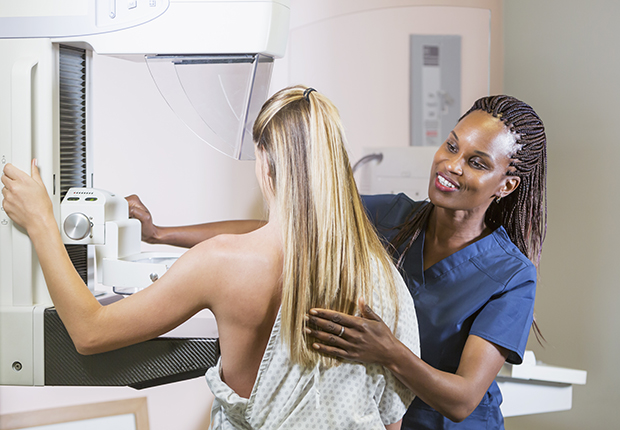Mammography
If you have had your mammograms somewhere else then click here to electronically request your prior imaging from another facility. Having historical imaging (previous mammograms) is crucial for accurate interpretation of a new mammogram because it allows the radiologist to compare current images to past ones, identifying any changes in breast tissue over time which could be a key indicator of potential abnormalities or early signs of cancer, even if they appear normal on the current exam alone.
Statistics
- Breast cancer is the most common cancer among American women other than skin cancers.
- A woman’s chance of developing invasive breast cancer at some time in her life is approximately 1 in 8.
- Breast cancer is the second leading cause of cancer death in women, exceeded by lung cancer.
- The chance that breast cancer will be responsible for a woman’s death is approximately 1 in 35.
Screening
We follow guidelines set forth by the American Cancer Society, the American College of Radiology, and the Society of Breast Imaging on breast screening. Their recommendations for breast cancer mammography screening do not agree with the US Preventive Services Task Force recommendations which recommend delaying routing screening until the age of 50. The specific guidelines below are recommended for women with no significant abnormalities in personal or family history. For women who have a personal or family history of breast cancer or are carriers of BRCA genetic mutations, the risk of developing breast cancer is higher. In these cases, these guidelines may not apply and screening may be indicated earlier. Please discuss this with your physician.
- Mammograms: starting at age 40 and performed once yearly
- Clinical breast exams: exam by your health care provider should be performed at least every 3 years for women in their 20s and 30s and every year for women age 40 and over.
Women can use assessment tools such as the Gail Model to assess individual risk of being diagnosed with breast cancer in the next five years.

